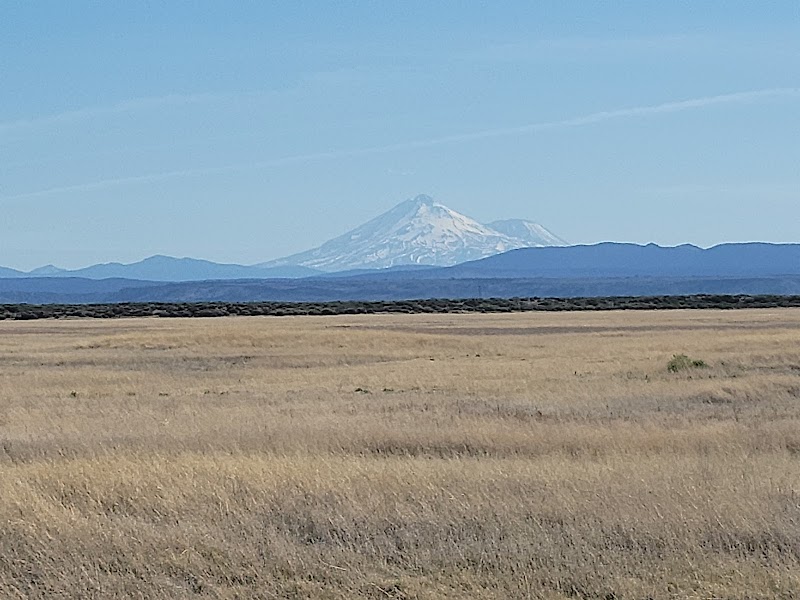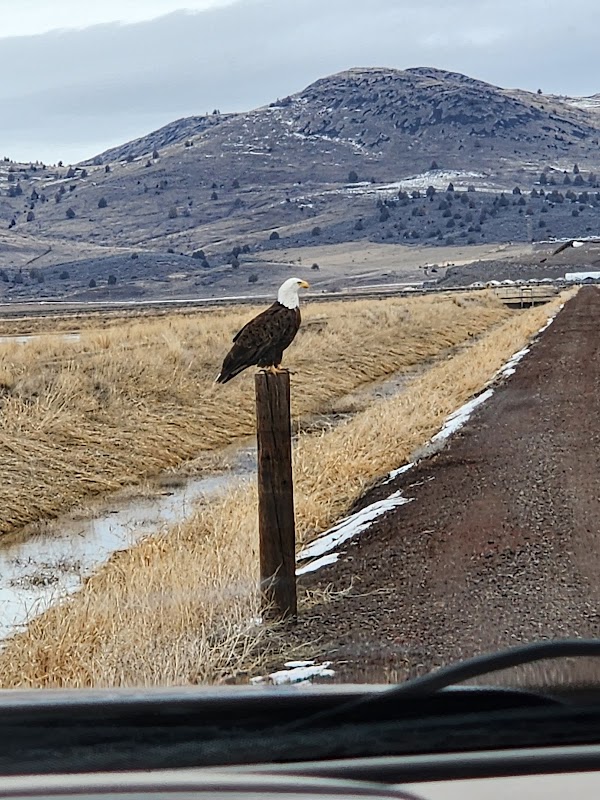
Wildlife Refuge Wonder: Lower Klamath National Wildlife Refuge
Wildlife Refuge Wonder: Lower Klamath National Wildlife Refuge
Category
Birdwatching
Typical Duration
2-4 hours
Difficulty
Moderate
Photo Gallery

Wildlife Refuge Wonder: Lower Klamath National Wildlife Refuge - Lower Klamath National Wildlife Refuge

Wildlife Refuge Wonder: Lower Klamath National Wildlife Refuge - Lower Klamath National Wildlife Refuge

Wildlife Refuge Wonder: Lower Klamath National Wildlife Refuge - Lower Klamath National Wildlife Refuge
About This Landmark
Wildlife Refuge Wonder: Lower Klamath National Wildlife Refuge
Located near the small city of Dorris, California, the Lower Klamath National Wildlife Refuge is a remarkable natural sanctuary that covers thousands of acres of wetland habitat. This protected area sits along the Oregon-California border and offers a critical stopover for migratory birds on the Pacific Flyway, making it one of the premier birdwatching locations in the region. The landscape features expansive marshes, shallow lakes, and meandering waterways framed by rugged mountain vistas, creating a distinctive and dynamic ecosystem.
The refuge is characterized by its extensive freshwater wetlands, which serve as habitats for hundreds of bird species, including bald eagles, sandhill cranes, snow geese, and a wide variety of waterfowl. The rich diversity of wildlife is enhanced by seasonal water fluctuations that shape the marshes and tidal areas. Established in 1908, Lower Klamath is historically significant as one of the first waterfowl refuges in the United States, underscoring its importance for conservation.
Visitors can appreciate the natural beauty of the refuge through its serene observation points and well-maintained gravel roads. The surrounding landscape includes distant volcanic peaks, lending a grand backdrop to this haven of wetlands. The refuge offers a quiet, natural retreat where wildlife enthusiasts and photographers alike can witness spectacular spring and fall migrations. Lower Klamath's blend of historical conservation value and outstanding habitat variety makes it an outstanding destination for nature lovers and outdoor visitors in northern California.
Adventure Guide To Lower Klamath National Wildlife Refuge
1. Birdwatching and Wildlife Photography
- What Makes It Special: This refuge is a hotspot for viewing migratory birds such as bald eagles, sandhill cranes, and snow geese.
- Key Features: Multiple viewing platforms, quiet gravel roads for easy access, and ample parking.
- Local Insights: The fall and spring migrations are peak times, bringing thousands of birds to the area.
- Visitor Tips: Bring binoculars and a camera with a zoom lens. Visit between October and April for the best bird activity.
2. Nature Walks and Scenic Drives
- What Makes It Special: Gravel roads provide easy driving access with numerous pullouts and observation spots.
- Key Features: Quiet, wildlife-rich environment with chances to spot coyotes, hawks, and other native animals.
- Local Insights: Early morning and late afternoon offer the best light and cooler temperatures.
- Visitor Tips: Wear comfortable hiking shoes and insect repellent. Stay on marked paths to protect wildlife.
3. Environmental and Educational Tours
- What Makes It Special: The refuge offers occasional guided tours focused on wetland ecology and conservation efforts.
- Key Features: Educational signage, visitor center facilities nearby in Dorris, and ranger-led programs.
- Local Insights: Learn about the refuge’s history as the first waterfowl sanctuary in the US.
- Visitor Tips: Check the refuge’s official website for tour schedules and special events.
Additional Practical Information
- Best Time to Visit: Late fall to early spring gives optimal wildlife viewing opportunities.
- What to Bring: Binoculars, camera, water, layered clothing for varying weather, hat, and sunscreen.
- Getting There: The refuge is approximately a 4.5-hour drive north from Sacramento or 3.5 hours south from Portland. From Dorris, follow signs west on Lower Klamath National Wildlife Refuge Road for direct access.
This destination offers a tranquil connection to nature and unforgettable wildlife encounters in northern California’s unique wetland ecosystem.
Ratings
Overall
Photography
Featured Activities
Primary Activity
Birdwatching
Also Great For
Essential Information
Nearby City
Dorris, California
Protected Areas
Lower Klamath National Wildlife Refuge
Experience Level
Experience Needed: This natural landmark is recommended for those with some outdoor experience. Good for regular hikers.
